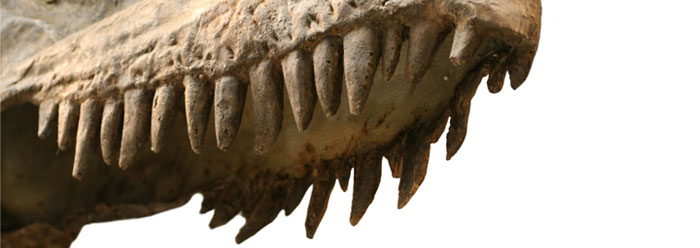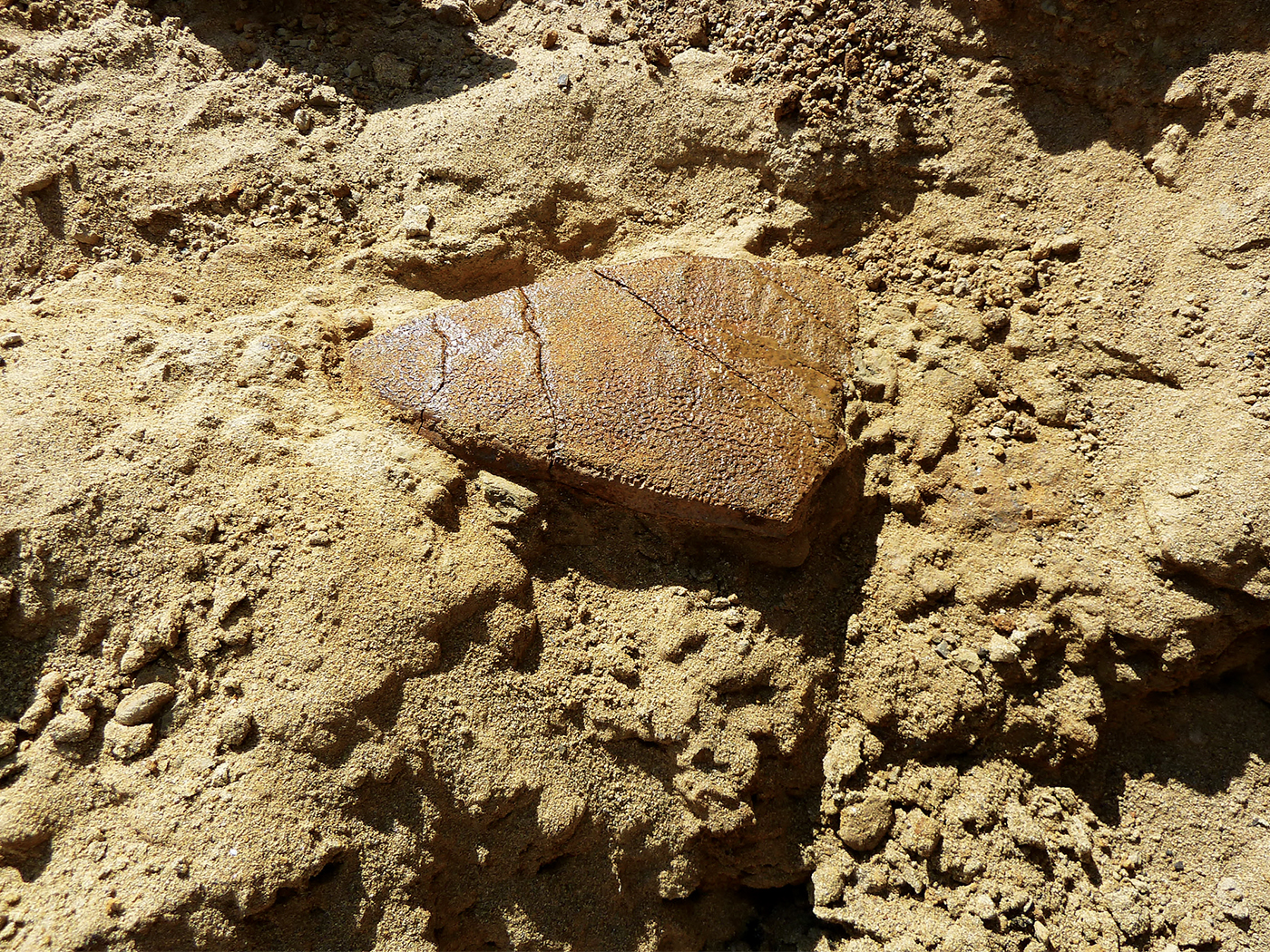The unobserved process of evolution and its bizarre history has been thoroughly entrenched in the minds of millions. For decades there were facets of this theory that one was never to question, but irritating scientific discoveries continue to unravel the Darwinian garment.
For instance, decades ago it was routinely taught that vertebrates arose long after the Cambrian period. Evolutionists maintained that the Cambrian (beginning "542 million years ago") was when "simple" life was first getting established. It would take many millions of years to produce the first animals with backbones -- the fish. In fact, two evolutionists stated in a well-known text, "Fish arose during the Ordovician |beginning '488 mya'|. . . ."1 But in 1999 fossil fish were found in lower Cambrian sediments in south China.2
In April of 2000, this writer attended the International Conference on Dinosaur/Bird Evolution in Ft. Lauderdale. One afternoon, a number of us took a field trip led by a recognized "expert." He asked us if the field in which we were standing could have been a dinosaur-age environment. Several said no, because there was grass present. Evolutionists maintain that grasses were not present during the age of dinosaurs --
In my review |i.e., Eschberger, ed.| of Disney's new movie "Dinosaur," I mentioned that one of the few scientific inacurracies |sic| that I found in the movie was the presence of grasses in the dinosaur nesting grounds.3
However, in a 2005 report we read, "Plant-eating dinosaurs munched on grass, say scientists who had thought the plants emerged after the beasts died off."4
Students were taught that the only mammals during the "age of dinosaurs" were small, and barely able to stay alive among the terrible thunder lizards. Evolution theory said that the mammals were nothing more than "shrew-like insectivores that hunted at night." That radically changed with the recent discovery of large, dinosaur-hunting mammals!5
One of the more spectacular discoveries that has done much to dispel the myth of dinosaurs living many millions of years ago is the unearthing of soft dinosaur tissue (see Acts & Facts Origins Column).6 How could dinosaur tissue remain soft for 70 million years?
These discoveries, while devastating Darwinism, clearly support the creation model, with all things created within one week, not long ago.
- Ayala, F. J., and James W. Valentine. 1979. Evolving: The theory and processes of organic evolution. Benjamin Cummings Publ., CA: 366.
- Shu, D-G. et al. 1999. Lower Cambrian vertebrates. Nature 402 (Nov. 4): 42. (See also Colbert, Edwin H. et al. 2001. Colbert's evolution of the vertebrates: A history of the backboned animals through time. Wiley-Liss, Inc., NY: 5.)
- Eschberger, Beverly. 2000. Grasses and grazers. Suite 101, July 7.
- CBC News. 2005. Grasses grew for dinosaur grazers. November 17.
- Hecht, J. 2005. Large mammals once dined on dinosaurs. New Scientist.com, January 15.
- Sherwin, F. 2005. The devastating issue of dinosaur tissue. Origins Column, ICR.org, June.
*Frank Sherwin is a zoologist and seminar speaker for ICR.
Cite this article: Sherwin, F. 2007. Scientific Discoveries Continue to Erode Darwinism. Acts & Facts. 36 (3).






















